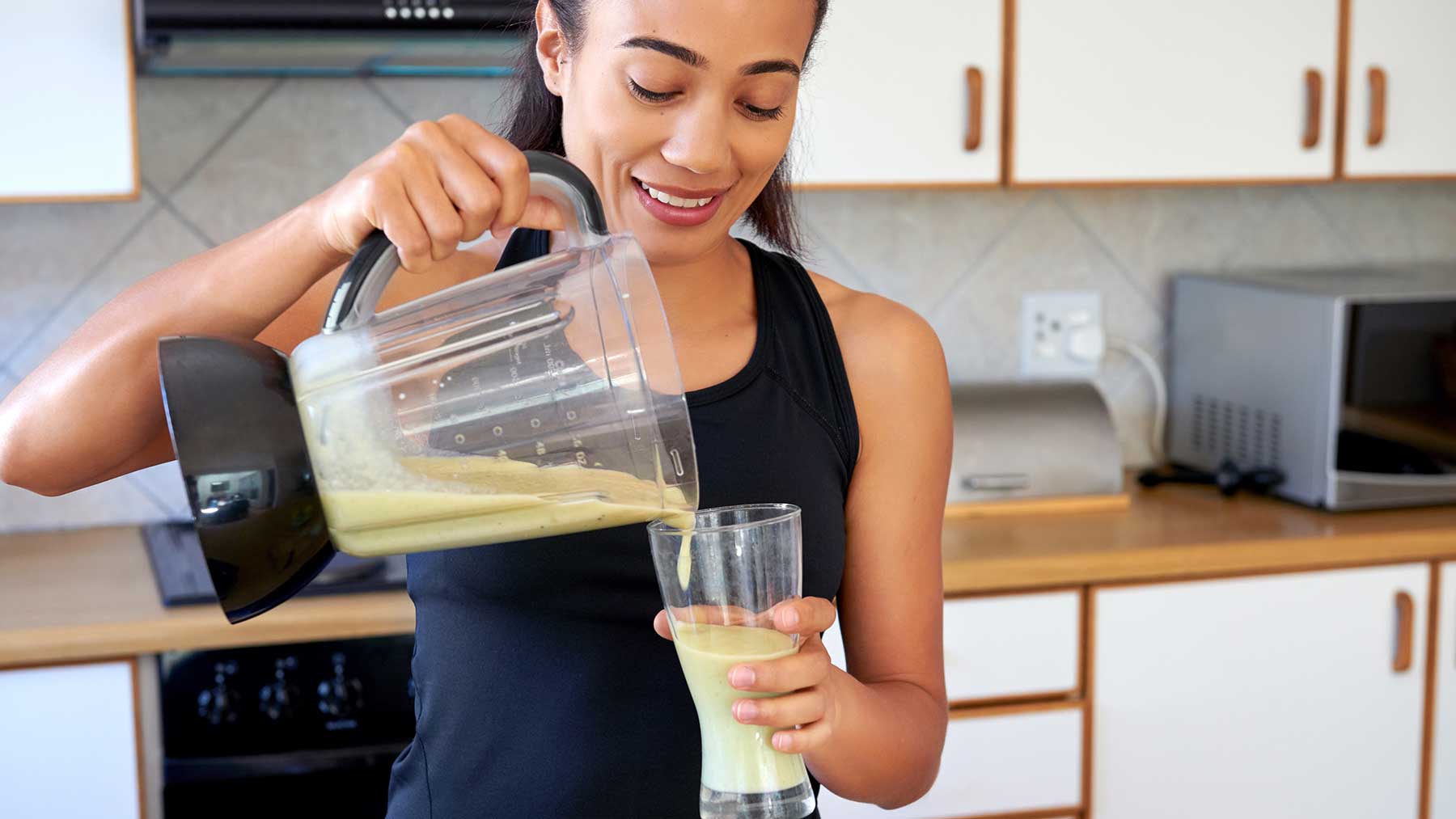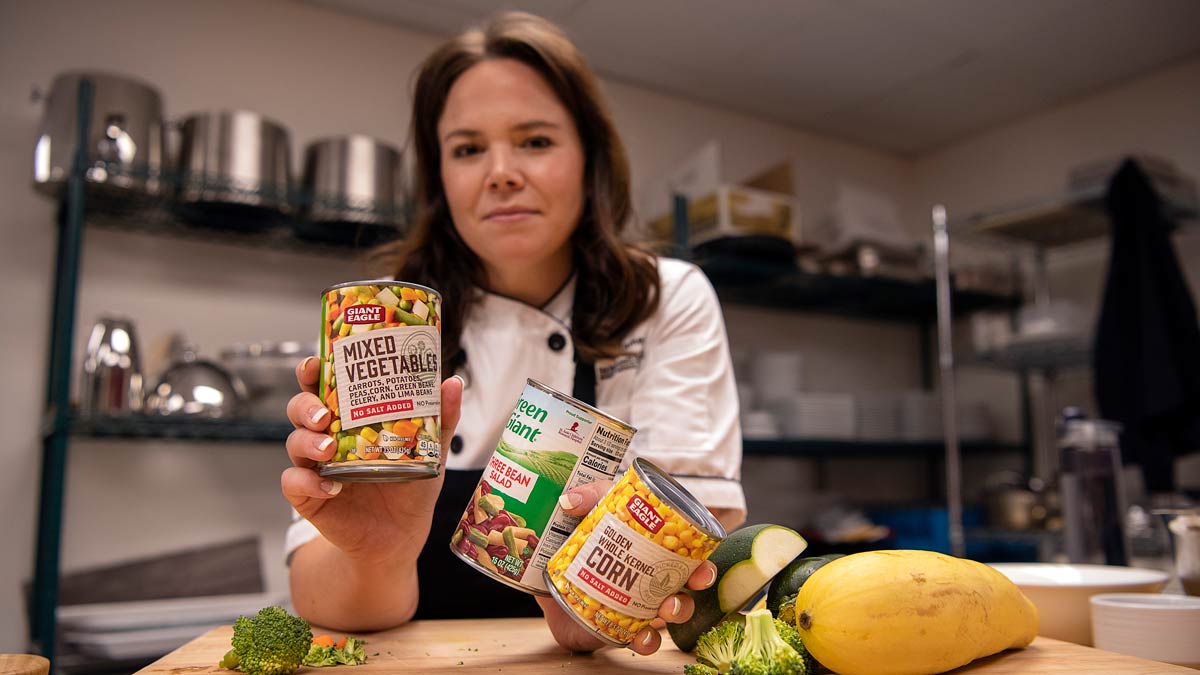Is it healthy to replace a meal with just a shake?

Meal replacement shakes are a quick, simple way to eat when you’re pressed for time. But are they your healthiest option?
Kacie Vavrek, MS, RD, CSSD, a dietitian at The Ohio State University Wexner Medical Center, explains that shakes might be easy, but they’re usually inferior to a full meal in every way. “Meal replacement shakes may be helpful every now and then, if you are short on time or are traveling and desire a quick, convenient fuel source,” Vavrek says.
“Most people should not consume pre-made, bottled meal replacements on a day-to-day basis.”
Meal replacement shakes are not without their benefits, but incorporating them into a balanced diet takes a good understanding of what kind of nutrients your body needs. Vavrek explains that the biggest risk of buying pre-made meal shakes is that you have no control over their ingredients, which creates a few problems.
3 problems that make shakes not-so-healthy
1. Lots of artificial ingredients
Shakes are often made of highly processed or artificial ingredients that don’t offer the balanced nutrients of whole foods that you buy at the grocery store. Even when they are fortified with vitamins and minerals, these are usually synthetic and of lower quality than those found in natural foods. Shakes also include added sugars, which can appear in different forms, such as dextrose, honey and high-fructose corn syrup.
2. Low in ‘good’ ingredients
Fiber and protein slow digestion and will keep you feeling full and awake longer. Many meal replacement shakes are low on both, so be sure to look for at least 3 grams of fiber in an 8-12 ounce shake. And the protein content should be at least equal to the carbohydrate, if not higher.
3. Low in calories
If used as a meal replacement, shakes do not typically carry enough calories to equal your caloric needs from a traditional meal. Insufficient caloric intake can lead to muscle loss, decreased metabolism and fatigue, so you’ll need to make up those missing calories if you’re replacing a whole meal.
Shake solution: Make them yourself!
Given drawbacks associated with premade shakes, it’s better to make them yourself to avoid the synthetic ingredients found in most store-bought ones. Vavrek adds that making a shake yourself also means that you’re controlling your own diet and learning how to make healthy choices for yourself. A homemade shake is also much cheaper, at the cost of a slight bit of labor to prepare it.
“They simply don’t offer the same nutrients that a full meal would on its own, which means your other meals will need to be especially balanced to compensate,” says Vavrek. “And even then, you may still find yourself low on vital nutrients.”
When making a shake, be sure to include plenty of fruits and vegetables, such as fresh or frozen bananas, berries, peaches or mango and a handful of spinach or kale; they are good sources of fiber and natural vitamins and minerals. Yogurt can add some healthy fats, and whey protein powder is an easy addition to meet your protein needs.
But if you’re pressed for time, be sure to check the labels on any shakes you might buy. Look for a shake that doesn’t have a long list of artificial ingredients and not much added sugar.
Quick meal alternatives without the shake
Vavrek recommends fruit and nuts, crackers and peanut butter and vegetables with hummus as on-the-go shake alternatives. Those are all quick and offer a balance of carbohydrates and protein, along with other naturally occurring vitamins and minerals.




